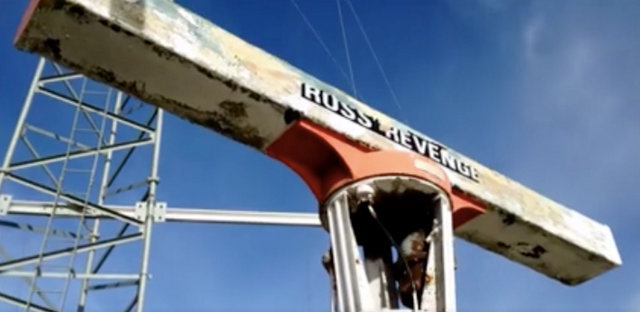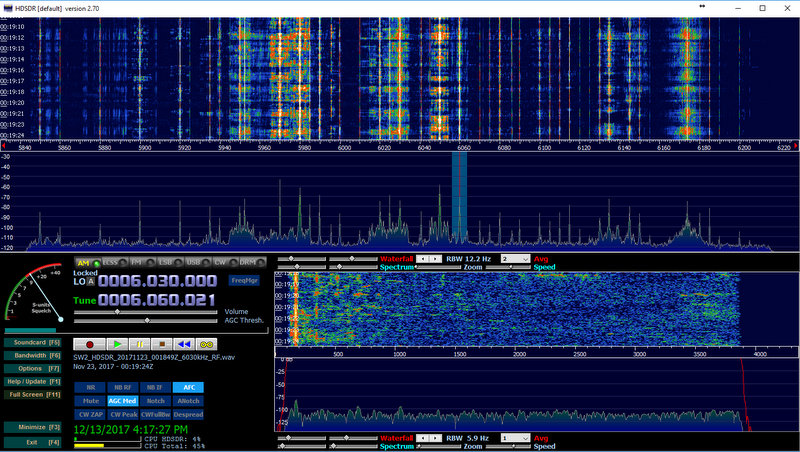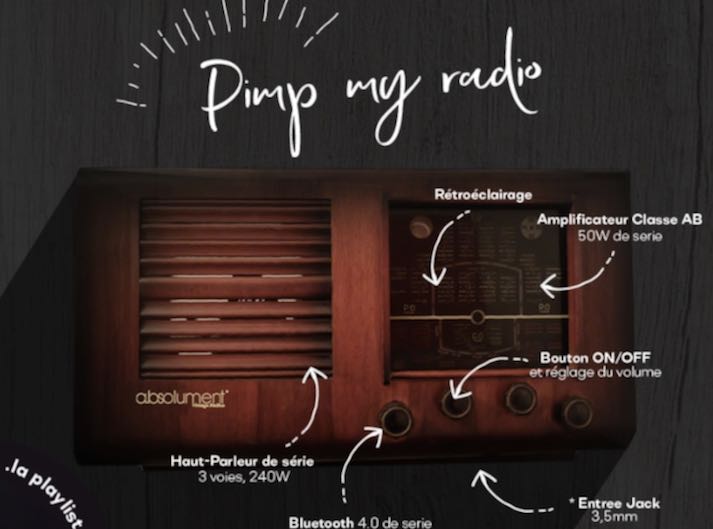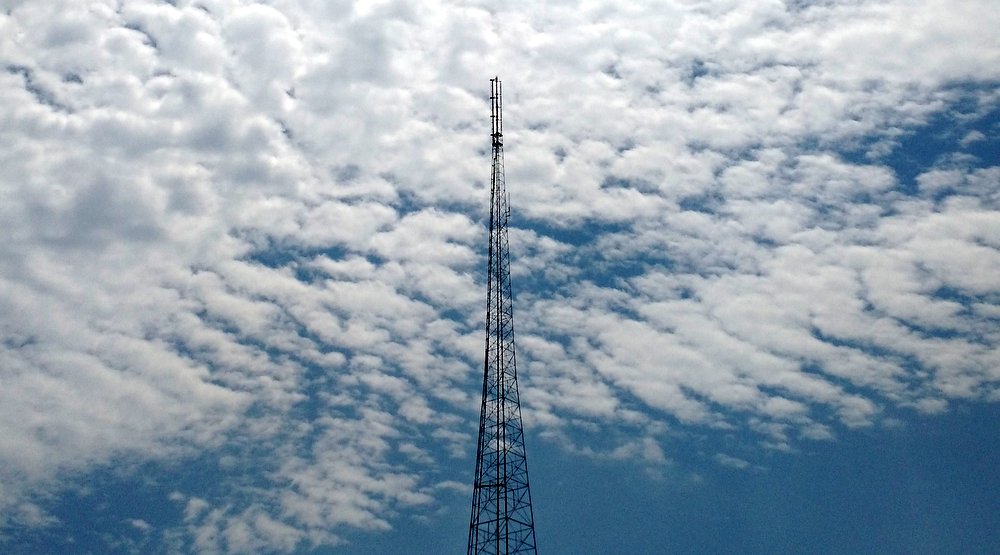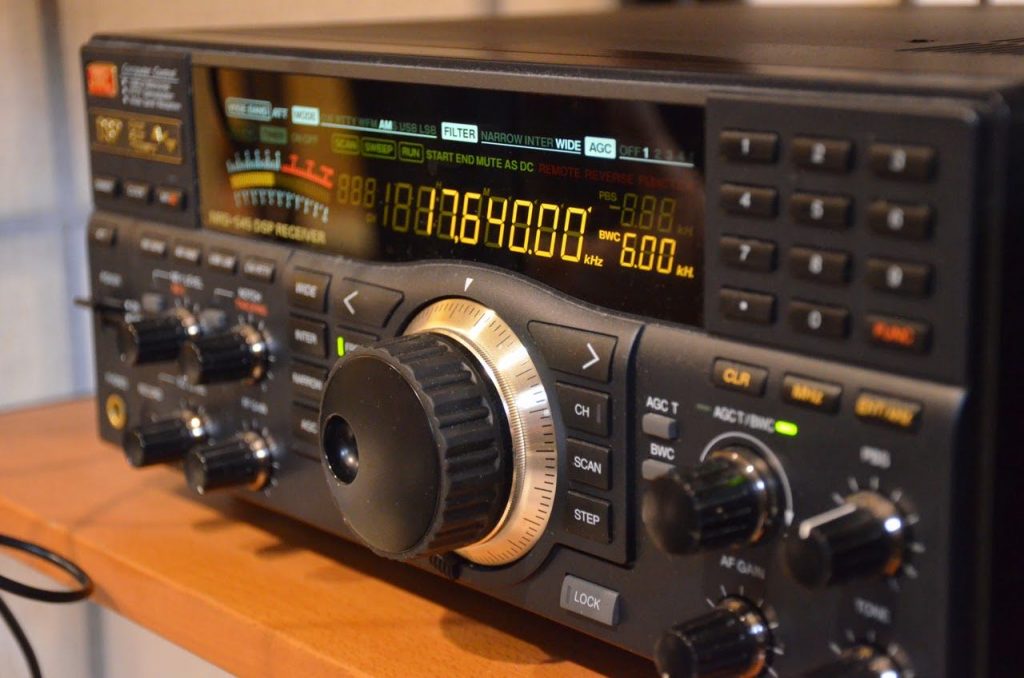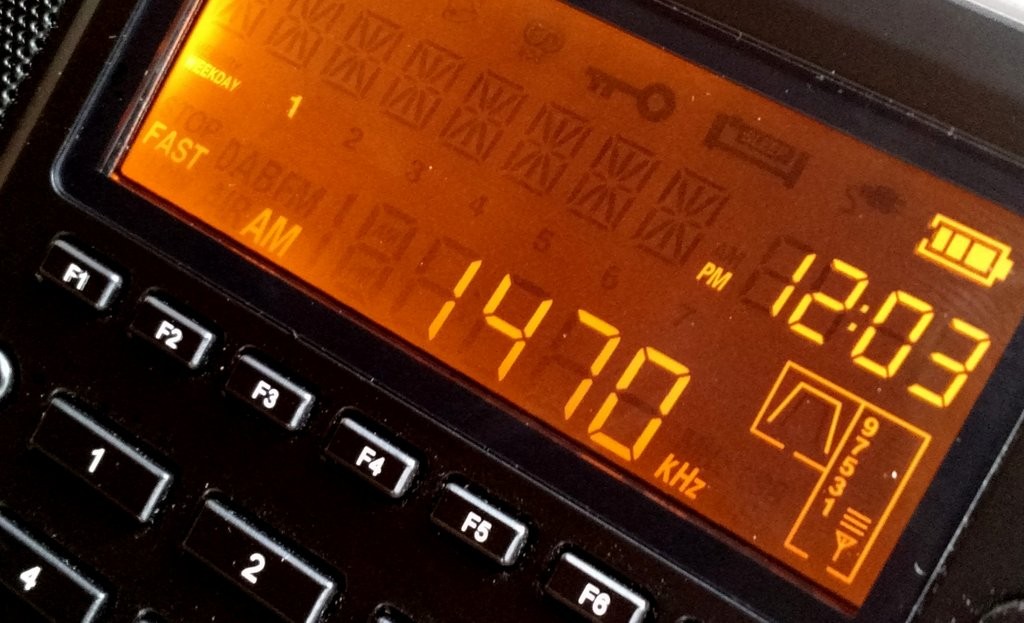(Source: Southgate ARC via Mike Terry)
Radio Caroline AM service to open
Weather and technology permitting, our programmes on 648 kHz will commence originating from the Ross Revenge at 7.00 AM on Friday 22nd December.
The changed schedule for the day will be :
7am Johnny Lewis
9am Top Fifteen
10am Ray Clark – with the official launch at midday.
2pm Kevin Turner
5pm Resume normal programmesNo doubt Bob Lawrence, Martin Fisher and Jerry Wright will personalise their evening shows to mark the day.
Of course we are delighted to have found and secured what must be the best possible AM transmission site for our service. We thank Cobra Mist Ltd for this facility whilst noting that this is a private site which cannot at this time be visited.
So, another date for the Radio Caroline calendar of events and the inevitable question. Where do we go from here?

